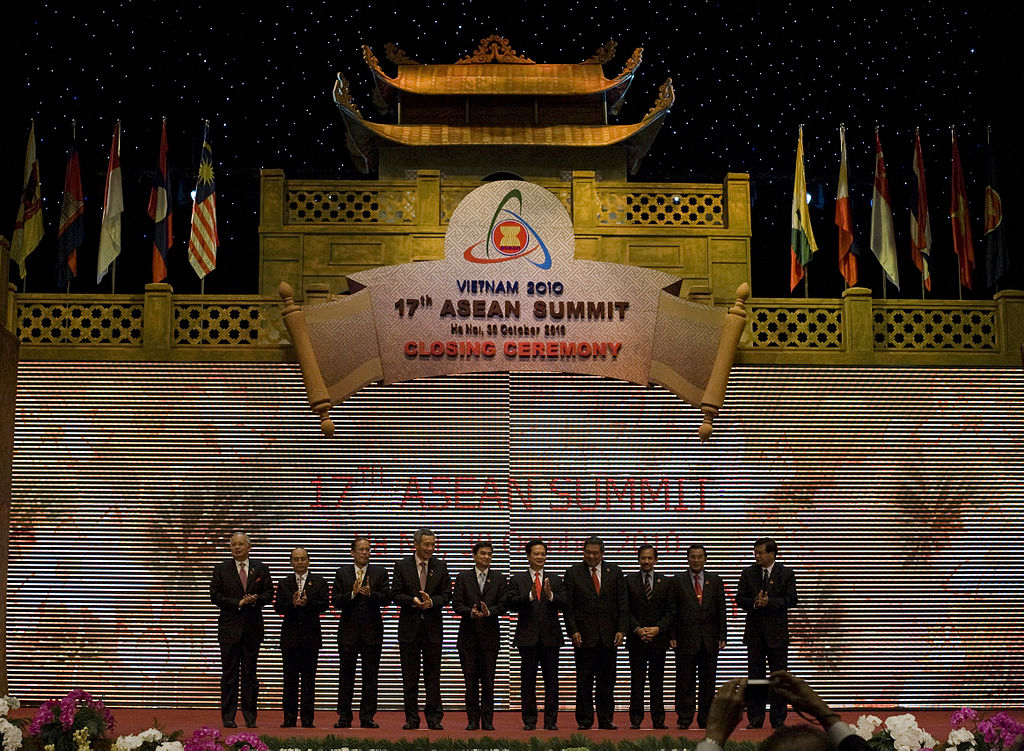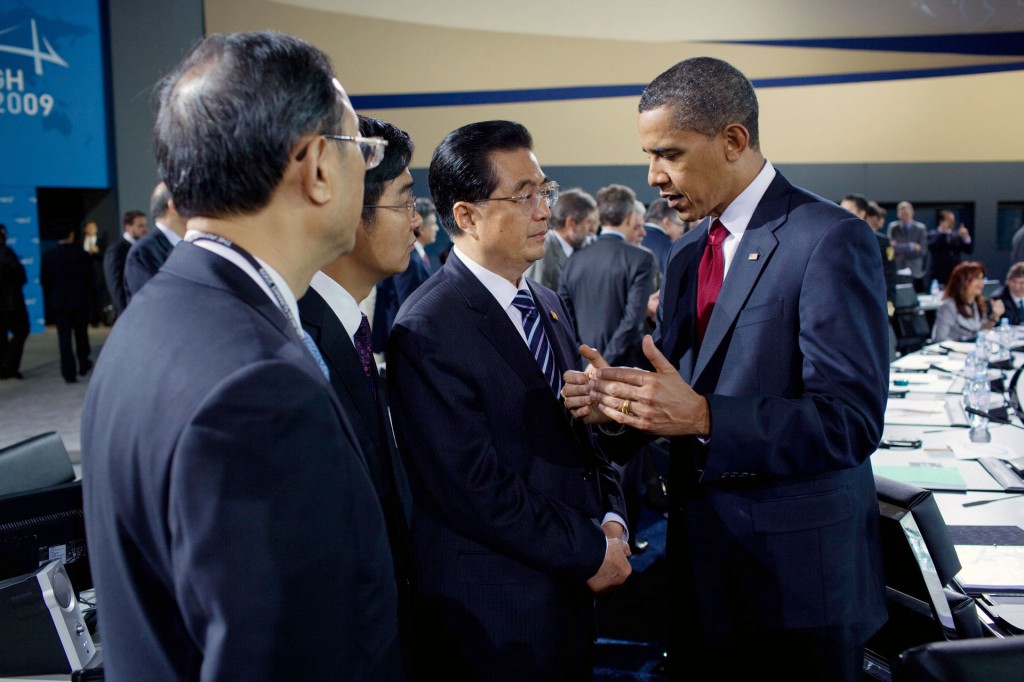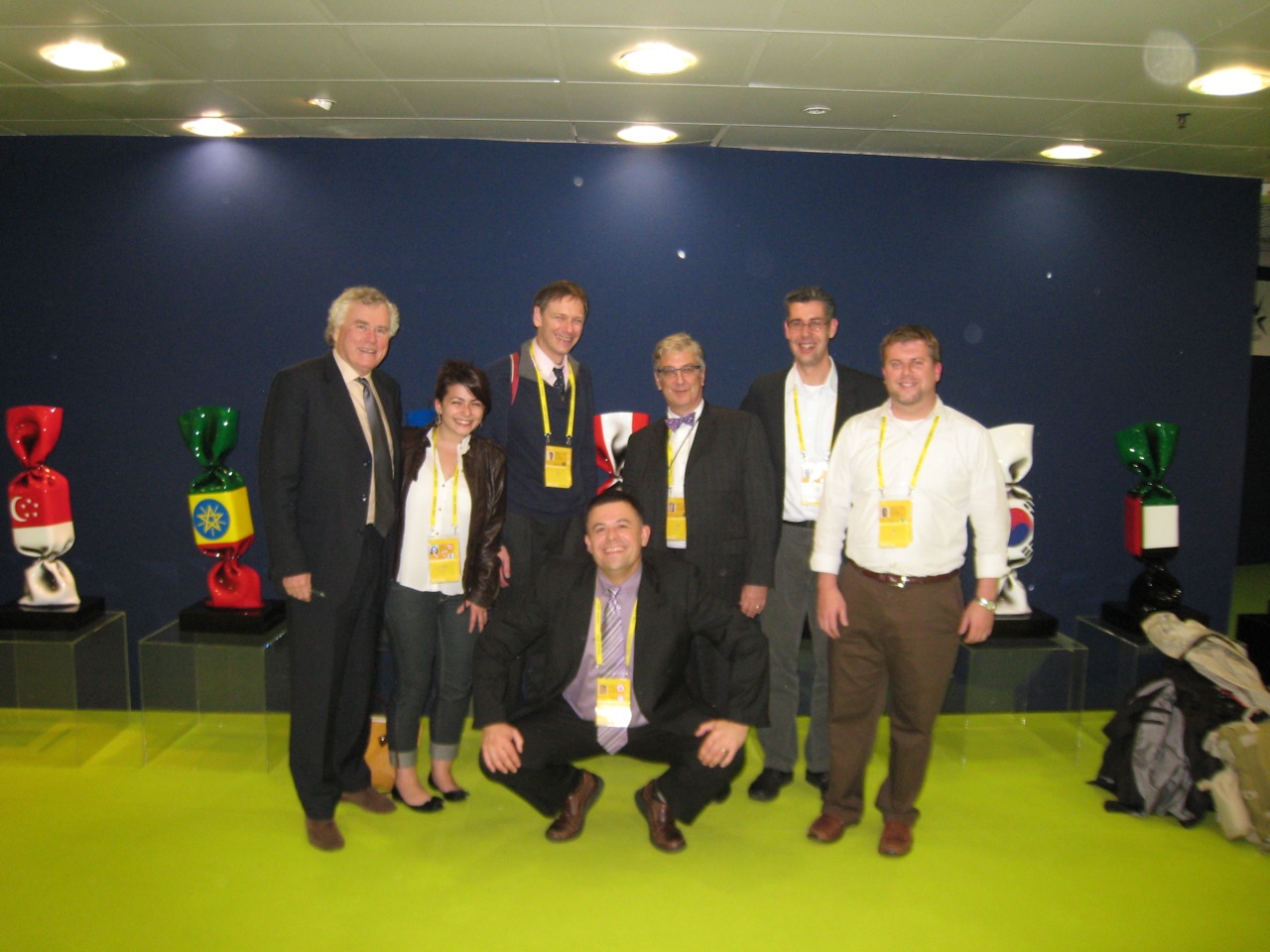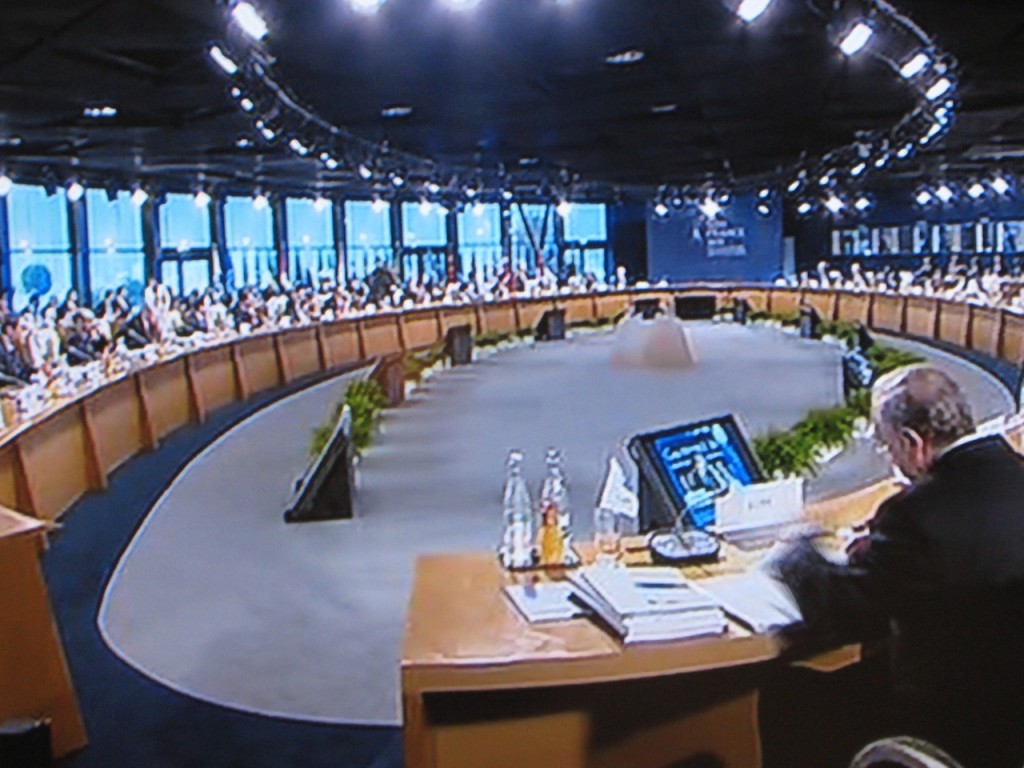Global summitry was on full display at the early part of the week. It is again as the week ends. Many of the Leaders who had just been to the G20 Leaders Summit at Cannes basically turned around and headed to Honolulu for the 19th Leaders Asia-Pacific Economic Cooperation (APEC) meeting. And by the end of this week a number of these same leaders have gathered again in Bali for the 6th East Asia Summit (EAS). This Bali gathering is notable for including for the first time the President of the United States and the President of Russia thus making it a first time meeting of 18 leaders. As a final gesture of global summitry, the US President stopped on his way to Bail in Australia for a long postponed state visit by this President to the continent.
With the US (re)engagement in the Asia Pacific – more on that in our next blog post – we saw significant attention placed by the President on the APEC meeting – it is his sorta home state – except for Illinois of course – which is other home state. President Obama spent some time touting the Trans-Pacific Partnership (TPP) framework – a next-generation trade and investment agreement, as the APEC Leaders have referred to it, including currently nine Asian and Pacific countries and the new/old attention paid to joining these negotiations by the Prime Ministers of Japan and Canada and the President of Mexico.
APEC is an unusual organization that was first proposed by Australia in the late 1980s. The 21 current members represent separate economies which allows Chinese Taipei – Taiwan and Hong Kong to members though they are not states or not readily acknowledged ones (it is one of the few organizations where both Taiwan and China are members) The US organized the first Leaders level meeting (note Taiwan sends a ministerial level official) in 1993.
In the Honolulu Declaration, the communique ending the leaders’ meeting, the countries repeated the voluntary trade liberalization mantra of this forum: trade and investment liberalization, business facilitation and economic and technical cooperation:
APEC’s core mission continues to be further integration of our economies and expansion of trade among us. We come together in APEC to pursue these goals, recognizing that trade and investment are critical to job creation and greater economic prosperity for all our economies. We further recognize that strengthening regional economic integration also plays a key role in promoting regional peace and stability.
The reliance on consensus and voluntarism has always raised questions over the effectiveness of the organization. These limitations remain to this day.
The EAS is a leaders summit that focuses on regional trade but also security issues. The first leaders’ meeting was held in Kuala Lumpur in December 2005 and is held always at the conclusion of the Association of Southeast Asian Nations (ASEAN) leaders’ meetings. Thus President Obama is holding bilaterals as The ASEAN leadership meets today in Bali. ASEAN includes the core 10 countries of southeast Asia and is committed to the acceleration of economic growth, social progress, cultural development among its members, the protection of regional peace and stability, and to providing opportunities for member countries to discuss differences peacefully. It is the core institution for Southeast Asia containing not only the economically vibrant members such as Singapore and Malaysia and newly vibrant Vietnam but also the large and now G20 member Indonesia. The EAS was promoted by ASEAN plus three – the three being China, Japan and Korea – though there is confusion over whether members prefer the ASEAN plus three or the EAS.
In any case it would appears that this year’s EAS meeting will follow up on trade and investment liberalization discussed at APEC but additionally add discussion on making the region a nuclear free zone, easing tensions on the Korean peninsula and continuing efforts to develop a code of conduct acceptable to all states to facilitate disputes in the South China Sea. The latter will very likely raise serious hackles among China officials where they have insisted that they do not wish discuss these matters and insist on resolving South China Sea disputes bilaterally and not – as the US and others insist – on a multilateral – basis.
The multiplicity of regional organizations in the Asia Pacific is striking. As international legal scholar Sungjoon Cho of Chicago-Kent College of Law wrote some years in his examination of APEC (“Making A Better Dispute Settlement Mechanism for Regional Trade Agreements: Lessons of Integration Efforts in East Asia” in Mitsuo Matsushita & Dukgeun Ahn (Cameron May: London, 2004):
This region is characterized by deeply rooted heterogeneity or, to use a more benign term, “diversity”. As a result it lacks the glue of homogeneity needed to bond different states together to create a formal institution. First the existence of many states in this region is based on ethnic identity. The different countries speak different languages. Their cultural underpinnings – customs, ways of life and thinking and moral system – are quite different. Their religions also vary. Second, colonial experiences in some states may have politically blocked formal institutionalization in this region. Third, the lack of a single dominant leadership, in particular after the Cold War, may explain the difficulty of forming an official regional arrangement. Fourth, the payoff matrix, geopolitical or economic, of Asia Pacific states may in fact be too complex to bind them with a single formal tie.
So where do the countries go with this summitry spaghetti. Tan See Seng, the deputy director and head of research at the Institute of Defence and Strategic Studies Nanyang Technological University Singapore in his post for RSIS Commentaries entitled “Visions at War? EAS in the Regional Architecture Debate” argues that there are three contending summitry models in Asia. The first, what he refers to as the “Canberra School” model promotes a “command” or centralized brand of regionalism – an overarching institution. Australia’s former Prime Minister and currently the Minister of Foreign Affairs, Kevin Rudd, promoted what he called Asia-Pacific Community model (I was fortunate enough to attend the Sydney gathering in 2009 where Australia pushed for the creation of the APc). Many of the smaller countries especially Singapore but also Vietnam and Cambodia expressed strong reservations over the creation of the this large institution. Many representatives saw this institution as a threat to ASEAN and its continued existence. While the initiative did pose a threat to the continued influence of the small states in Asia the primary purpose was to create an overarching security community – to date no such institution exists in Asia. The Australian hope was to create under one umbrella a security community that could act as a platform for dialogue and discussion for China, US, India and the other powers in the region. But for the time being – that initiative is not possible.
The second approach referenced by Tan See Seng was what he called the “Washington School”. This approach promotes a functional or results-based approach to regional governance. The US calls for effectiveness and suggests ending the functional overlap that currently exists in the summitry in Asia. Thus the ASEAN+3 and all of the ASEAN plus organizations should work on trade and investment liberalization while the EAS focuses on security.
Finally Tan See Seng identifies the “Singapore School”. This approach accepts the current system – in particular acknowledging the centrality of the ASEAN – in other words the small country core of Asian regionalism – and promotes the continuation even augmentation of the institutional system of ASEAN + settings. It permits the continuing membership diversity.
Whatever the future the Summitry diversity is a reality for now. The burning question is: can these institutional settings help US-China manage their relations in Asia? Or is all this beside the point.
Image Credit: Wikimedia Commons





